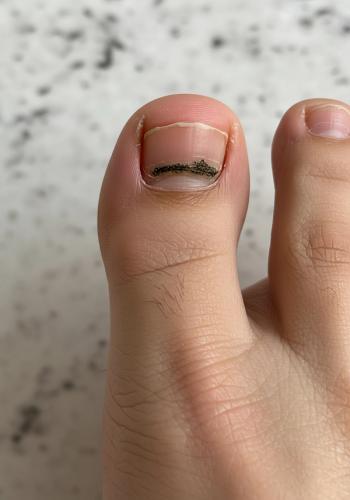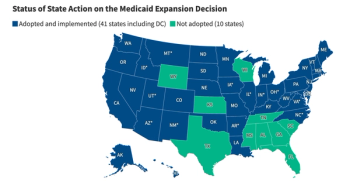
|Articles|April 10, 2020
Three Population-Level Steps for Dealing With the Mental Health Consequences of COVID-19
Author(s)Peter Wehrwein
Proactive steps could head off some of the worst consequences of the pandemic.
Advertisement
Related:
- Outreach and routine buffer the effects. Although social media, Zoom meetings, and old-fashioned phone calls may soften the effect of loneliness and isolation, social distancing has cut people off from interactions at work, school, places of worship, and recreational areas. The authors say employers should have daily outreach programs either by supervisors or through a buddy system of some kind. Establishing routines and keeping to a structure can help people - especially children - with the mental health issues that may arise from isolation.
- Surveillance systems need to be adjusted. Home is not a safe place for people suffering - or at risk of suffering - from domestic violence and child abuse. The surveillance and intervention systems for those problems need to be adjusted to take social distancing into account. Agencies and government agencies that receive reports need to be creative about how they are going to follow up.
- Take a stepped approach - and telemedicine visits can be part of that. The authors recommend a stepped approach, which involves calibrating care so the most effective, “least resource-heavy treatment” is delivered and then moving on to “resource-heavy treatment” when and where it is needed. They see a role for nontraditional groups providing “psychological first aid” and endorse telemedicine mental health visits as playing important roles. In addition, mechanisms to refill and deliver psychiatric medicines need to be found implemented.
Newsletter
Get the latest industry news, event updates, and more from Managed healthcare Executive.
Advertisement
Advertisement
Advertisement
Trending on Managed Healthcare Executive
1
GLP-1s outdo aspirin in colorectal cancer prevention, study finds | ASCO Gastrointestinal Cancers Symposium
2
Nearly all Ryan White HIV/AIDS Program patients virally suppressed in 2024
3
Critics speak out against CDC’s new childhood vaccine policy
4
Predictions about AI in 2026 from Chris Louma, Courtney Bragg, MBA, Katerina Guerraz, M.P.H., and others
5






















































